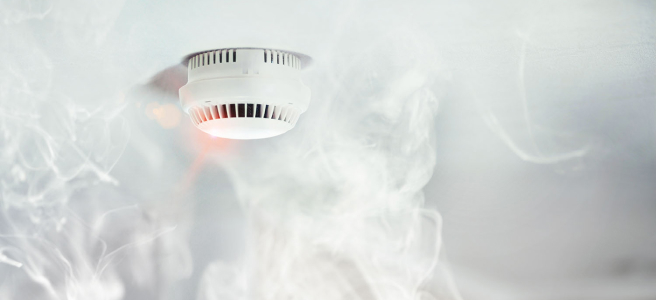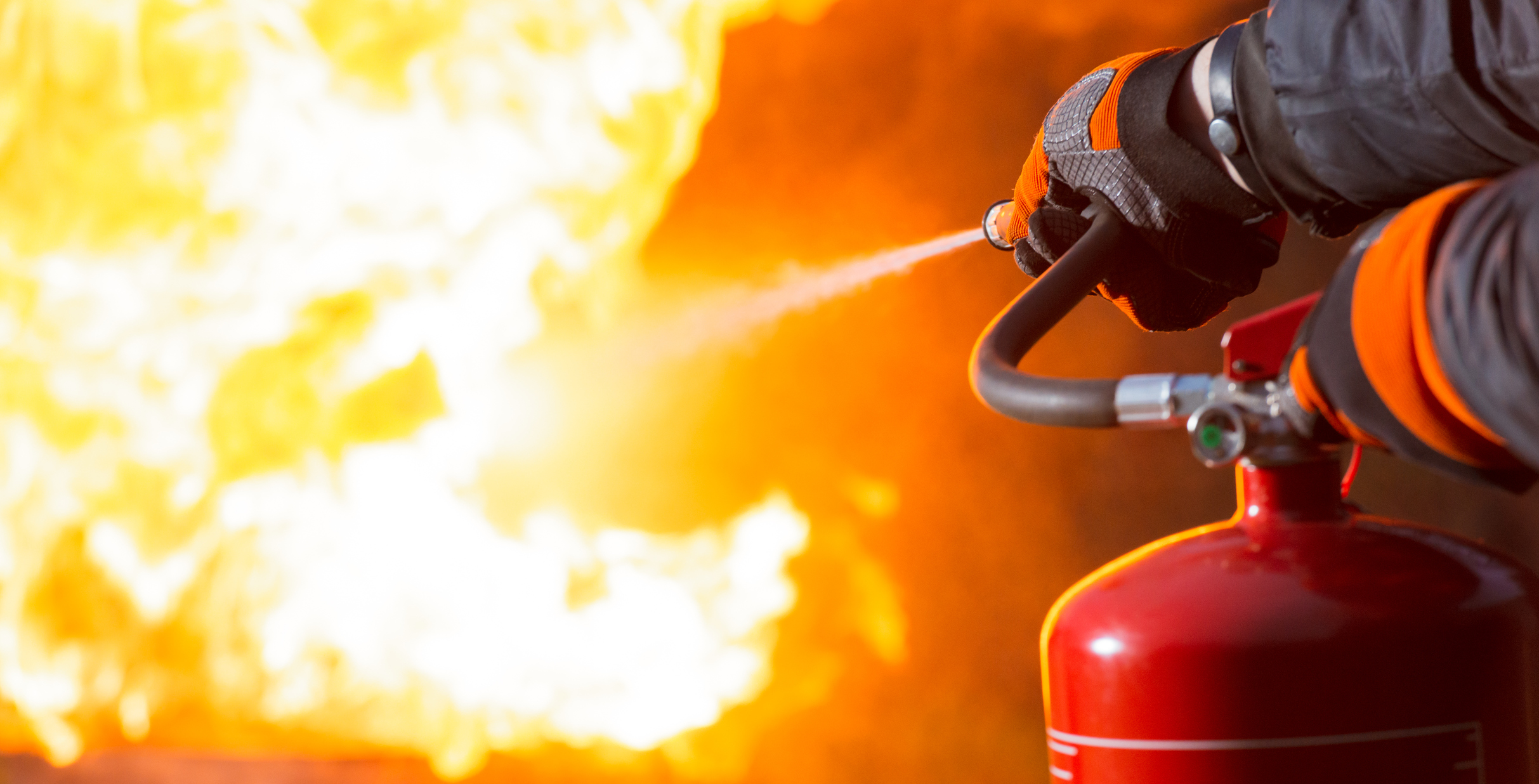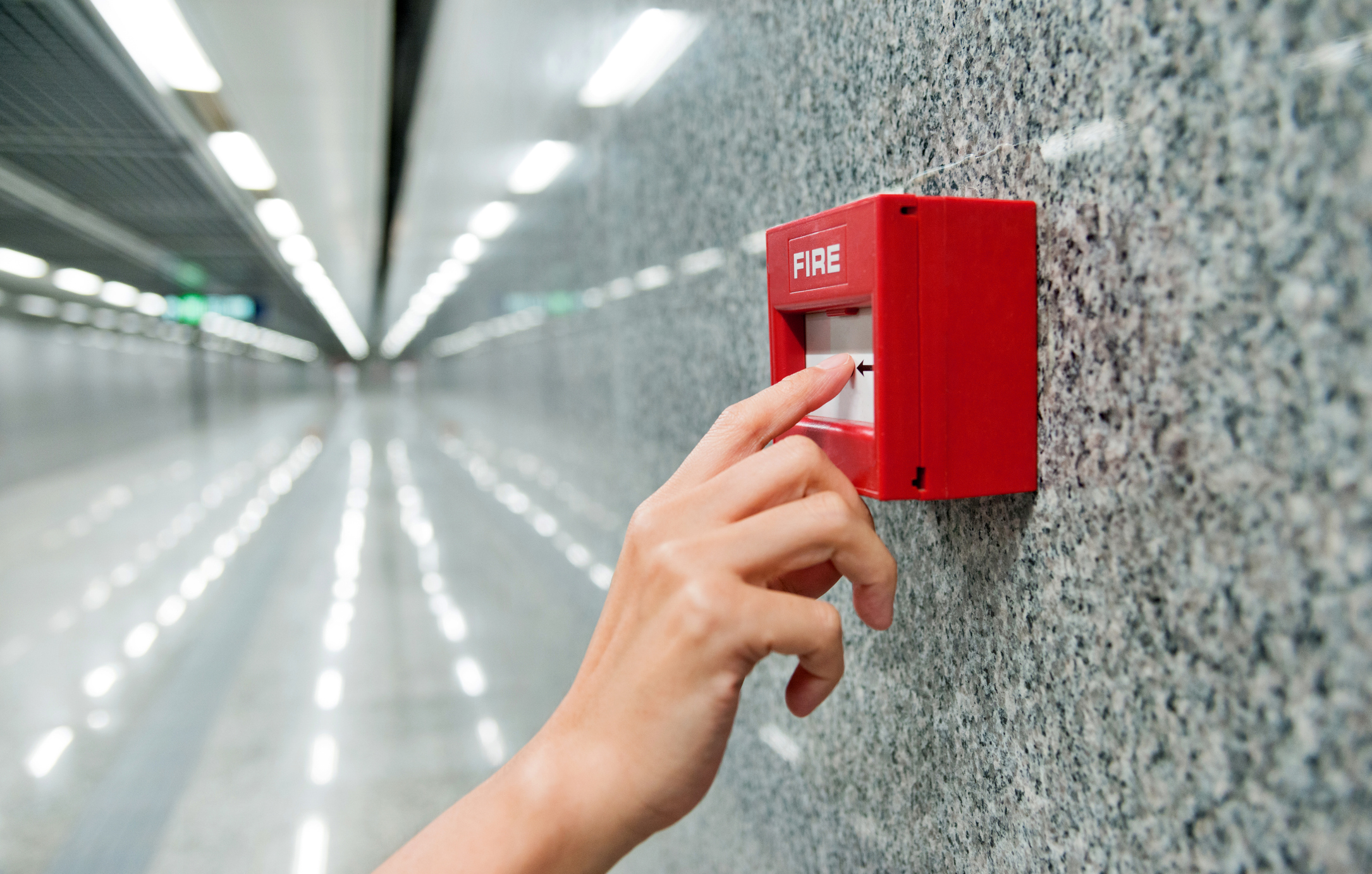
Fire Safety Risk Assessment Steps
Fire safety is a major concern for all types of buildings, whether it’s a residential home, a business, an educational institution – or any other kind of property. Conducting a fire safety risk assessment is a comprehensive way to identify potential hazards, evaluate risks, and implement safety measures to protect lives and property. The main aim of these assessments is to ensure the safety of occupants, to comply with legal standards, and to preserve the integrity of the property.
Understanding Fire Safety Risk Assessments
A fire safety risk assessment is part of a buildings fire management plan and aims to identify fire hazards within a building and analyse the potential risks associated with them. It serves as the foundation for improving fire safety measures and ensuring compliance with the latest legal requirements. This includes things such as appointing a responsible person who will enforce the fire safety legislation.
Step-by-Step Guide to Conducting a Fire Safety Risk Assessment
Now that we’ve covered the importance of fire safety risk assessments, let’s discuss how to conduct one. Below, we’ve broken down how to do this in sections so that you know what to do for each individual step.
Identify Fire Hazards
The first step in a fire safety risk assessment is to identify the three key elements that can contribute to a fire:
- Sources of ignition: These can include electrical equipment, heating appliances, and open flames.
- Fuel sources: Materials that can burn in the event of a fire, such as paper, wood, plastic, and textiles.
- Oxygen sources: Areas with high airflow or oxygen supplies can exacerbate a fire, making it crucial to identify and monitor these zones.
Make sure that you’re as thorough as possible at this step, as it will ensure that all of the fire hazards are known. By doing this, you can take steps to make sure that these areas are safe and adhere to the latest fire safety guidelines.
Determine Who is at Risk
The next step is to determine who is at risk in the event of a fire. This includes everyone from employees and visitors to specific groups such as the elderly or disabled. It’s important to assess the different levels of risk each group may face and identify parts of the building that may be particularly dangerous for certain individuals.
Evaluate, Remove, or Reduce Risks
Once the hazards and at-risk groups have been identified, the next phase involves evaluating these risks and determining the best ways to mitigate them. This might include:
- Strategies to eliminate hazards: This might mean replacing flammable materials with non-flammable ones or upgrading electrical installations.
- Measures to reduce risks: Installing fire alarms, fire extinguishers, and ensuring proper signage and emergency lighting are in place.
Record Findings & Implement Them
Make sure that you record any findings to create a detailed log of potential issues. This documentation should detail all identified risks, the analysis of these risks, and the measures planned or already taken to mitigate them. Implementing these measures effectively will help to ensure they function as intended and genuinely enhance safety.
Review and Update the Assessment Regularly
Fire safety risk assessments should be reviewed annually to ensure they remain up-to-date with any changes in building structure, usage, or occupancy. Any fire incidents or near misses should also be logged to prompt an immediate review to improve or adjust the existing safety measures.
Common Mistakes to Avoid in Fire Safety Risk Assessments
Due to the comprehensive nature of fire safety risk assessments, it’s quite common for people to make mistakes or oversights during the process. So below, we’ve outlined a few common mistakes that you should avoid when working on your assessments:
- Overlooking Less Obvious Areas: Certain areas of the building, such as basements, attics, or rarely used storage rooms are easy to overlook. Make sure you’re thorough in your assessment and leave no stone unturned.
- Ignoring External Factors: External risks such as nearby industrial activities or natural areas prone to wildfires can also pose significant threats. Don’t forget about these when undertaking your assessment.
- Not Using Knowledgeable Personnel: You must involve individuals with fire safety expertise to ensure that all aspects of the risk assessment are thorough and compliant with the latest safety standards.
If you have any other questions about fire safety risk assessments, or would like the assistance of industry experts for your fire safety measures, please get in touch with our team at Britannia Fire & Security today.




